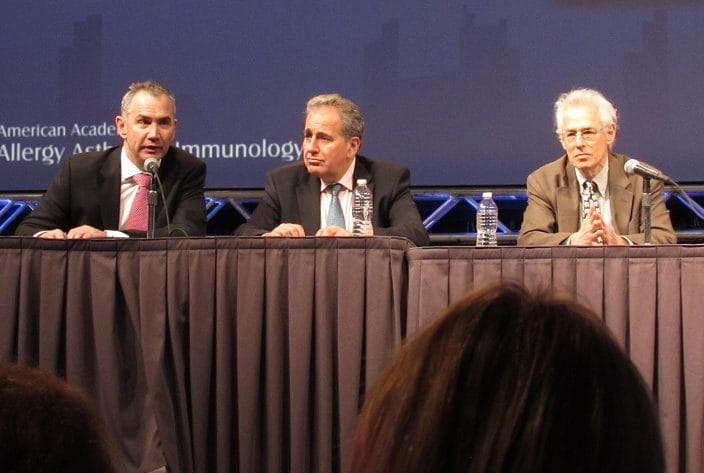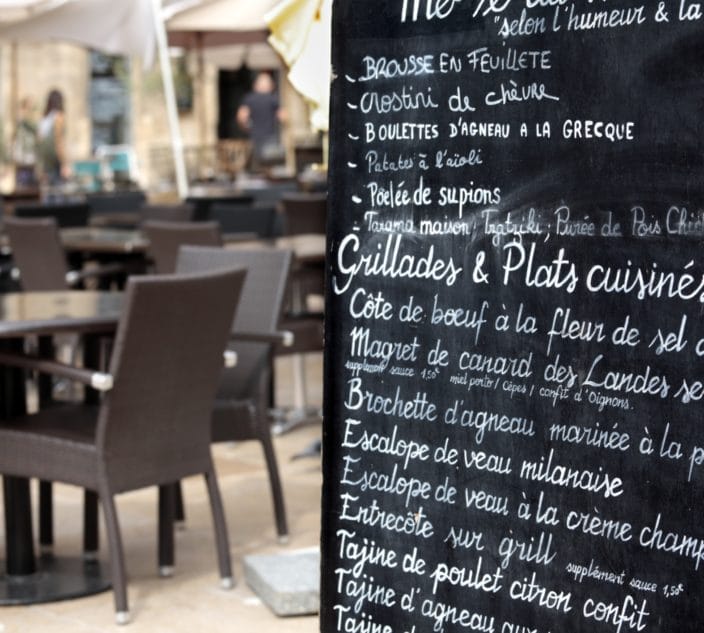Q: After years of battling anemia, I’ve finally been diagnosed with celiac disease. How are the two related, and what can I do to reverse the anemia?
A: Anemia is one of the most common symptoms of undiagnosed celiac disease. In the Canadian Celiac Association Health Survey*, 66 per cent of adults and 40 per cent of children with biopsy-proven celiac disease suffered from anemia. The study noted that it also took an average of 11.7 years for celiac to be diagnosed, so you are not alone in your long struggle with these two conditions.
In those with celiac, exposure to the gluten found in grains (wheat, rye and barley,) damages the villi – tiny, finger-like projections that line the small intestine. This interferes with the absorption of nutrients such as iron and folate (a B vitamin). These nutrients are essential for the production of healthy red blood cells and hemoglobin, which helps to carry oxygen throughout the bloodstream.
Very low levels of iron and/or folate can lead to anemia, causing symptoms such as fatigue, irritability, pale skin, brittle nails, increased susceptibility to infections and difficulty with learning and concentration.
Following a strict gluten-free diet will eventually allow the villi to heal. The length of time for this process varies, with the average falling between two and 18 months.
In addition to eliminating gluten, it is important to eat iron and folate-rich foods. Many gluten-free products are not enriched with iron and B vitamins like their gluten-containing counterparts, but some companies, such as Ener-G Foods, Enjoy Life Foods, Glutino, Kinnikinnick and Pastato do enrich their products for better nutrition. Supplements may also be necessary for some people, so consult your health professional.
Related Reading: Upside of Celiac Diagnosis: the Gift of Good Health
Sources of Iron and Folate
Meats and Alternatives
- Iron: Beef, poultry, pork, clams, eggs, oysters, sardines, shrimp, legumes, seeds (flax, pumpkin, sesame, sunflower), almonds, peanuts
- Folate: Liver (beef, chicken), eggs, legumes, peanuts, seeds (pumpkin, sesame, sunflower)
Fruits
- Iron: Dried apricots, prunes, raisins
- Folate: Avocado, banana, orange juice, pineapple juice, strawberries, melons, tomato juice
Vegetables
- Iron: Collard greens, potato (white and sweet), green peas, spinach
- Folate: Avocado, banana, orange juice, pineapple juice, strawberries, melons, tomato juice
Gluten-Free Grains & Flours
- Iron: Amaranth, bean flours (garbanzo, soy), buckwheat, cornmeal (enriched), ground flax, millet, quinoa, rice (enriched), sorghum, teff
- Folate: Amaranth, bean flours (garbanzo, soy), cornmeal (enriched), ground flax, millet, quinoa, rice (enriched), teff, wild rice
Miscellaneous
- Iron: Blackstrap molasses
Enriched gluten-free breads, cereals, pasta - Folate: Enriched gluten-free breads, cereals, pasta
Shelley Case, RD, is an international celiac nutrition expert, consulting dietitian and author of Gluten-Free: The Definitive Resource Guide. Learn more at ShelleyCase.com. Shelley Case is on the advisory boards of the Canadian Celiac Association, the Celiac Disease Foundation and the Gluten-Free Intolerance Group.
* Published in Digestive Disease Sciences, 2007





